Introduction
Embarking on the journey of organic gardening can feel like stepping into a lush, green labyrinth. With so many paths to take and decisions to make, it’s easy to feel overwhelmed. But fear not, beginner gardeners! Grow With Jerry is here to guide you through this verdant maze. In this comprehensive guide, we’ll share ’10 Essential Organic Gardening Tips for Beginners’, designed to give you clarity and confidence as you dig your hands into the rich earth of organic gardening.
From understanding the importance of location and soil health, to selecting the right crops and managing weeds, we’ve got you covered. We’ll also delve into the benefits of using transplants, the role of water, and the magic of row covers. And, since organic gardening is all about working in harmony with nature, we’ll explore how to attract beneficial creatures to your garden and maintain a balanced ecosystem.
So roll up your sleeves and grab your gardening gloves – it’s time to sow the seeds of your organic gardening journey, and watch them sprout into a thriving, sustainable garden.
How Grow With Jerry Can Help You
Embarking on your organic gardening journey can feel like navigating a labyrinth. But don’t worry, Grow With Jerry is here to guide you every step of the way. We’re your gardening ally, providing a myriad of resources ranging from beginner-friendly tips, expert advice, and thorough product reviews. Our mission is to demystify the process of organic gardening and empower you to cultivate a fruitful and sustainable garden.
Whether you’re starting small or aiming for a bountiful harvest, we’ve got you covered. We’ll help you understand the nuances of organic gardening, from choosing the right location for your garden, building a healthy soil foundation, to proper watering techniques and pest management.
Struggling to decide on which plants to grow? We’ve got a wealth of information on selecting plants based on your personal preference and climate suitability. With our help, you’ll be growing what you love in no time! Plus, we’ll guide you on how and when to buy transplants and how to ensure their health and vitality.
Are pests and weeds threatening your garden’s productivity? We offer practical solutions to keep these intruders at bay, including the use of row covers and early weed identification and removal techniques. With us, you’ll learn how to create a balanced ecosystem that will not only deter pests but also attract beneficial insects and birds to your garden.
In short, Grow With Jerry is your one-stop resource for all things organic gardening. With our help, you’ll gain the knowledge and confidence to cultivate a thriving garden that not only feeds your body but also nourishes your soul. So let’s dig into the fertile soil of organic gardening together!
Understanding Organic Gardening
Organic gardening is a holistic approach to cultivating plants that’s centered on health, sustainability, and harmony with nature. It’s not just about avoiding synthetic pesticides and fertilizers, but creating a thriving ecosystem where plants, animals, and microorganisms work together in perfect balance. Let’s unpack this concept a bit further.
What is Organic Gardening?
Organic gardening is the practice of growing plants without the use of synthetic pesticides, fertilizers, or genetically modified organisms (GMOs). It’s a philosophy rooted in the idea that nature, when left undisturbed, maintains a perfect balance of nutrients, pests, and beneficial organisms. By mimicking these natural processes, organic gardeners aim to cultivate a healthy, self-sustaining garden ecosystem.
Essentially, organic gardening goes beyond just avoiding harmful chemicals. It involves practices like composting kitchen scraps, using natural pest control methods, and encouraging biodiversity in your garden. These methods not only yield healthy, delicious produce, but also contribute to the overall health of our environment.
Why Choose Organic Gardening?
Choosing organic gardening is a commitment to the health of both you and the planet. Here’s why it’s worth considering:
Healthier Produce: Organic fruits and vegetables are free from harmful synthetic pesticides and fertilizers. They’re often higher in essential nutrients like vitamins and antioxidants, making them a healthier choice for you and your family.
Environmental Sustainability: Organic gardening practices help to conserve water, improve soil health, and reduce pollution. They also promote biodiversity, providing habitat for a variety of beneficial insects, birds, and other wildlife.
Economic Savings: Using compost made from kitchen scraps and home-made natural pest remedies can save you money on garden inputs. Plus, growing your own organic produce can be cheaper than buying it at the store.
Personal Satisfaction: There’s a deep sense of accomplishment in growing your own food from seed to harvest. Organic gardening connects you with nature, provides a source of relaxation, and offers the joy of harvesting fresh, flavorful produce right from your own backyard.
Ready to dip your green thumb into the world of organic gardening? Grow With Jerry is here to guide you every step of the way with practical tips, product reviews, and expert advice tailored to beginner gardeners. Let’s start at the very beginning – choosing the right location for your organic garden.
After you’ve decided to start your organic gardening journey, the next crucial step is finding the ideal spot for your green oasis. The perfect location forms the foundation for a thriving garden. It’s not just about finding a vacant spot in your yard or balcony; it’s more about understanding the importance of sunlight and accessibility while considering several factors that influence plant growth.
Importance of Sunlight and Accessibility
In the world of gardening, sunlight is the currency of growth. Most vegetables demand at least 8 hours a day of full sun for maximum photosynthesis – the process that fuels their growth. However, this doesn’t mean that you should shy away from areas with a bit of shade. Certain veggies like lettuce, greens, and some herbs enjoy a bit of cool shade. Assessing the sunlight pattern in your proposed garden area is key to successful organic gardening.
Additionally, easy access to your garden is paramount. Ensure your garden is close enough for daily visits, watering, and routine checks. Remember, gardening isn’t a set-and-forget kind of hobby; it requires regular attention and care.
Factors to Consider When Choosing a Location
When scouting for the perfect garden location, several factors come into play. Observe the sun’s movement over your proposed garden area. Is it south-facing? Are there any trees or buildings that cast shade at particular times of the day?
In addition to sunlight and accessibility, consider potential interference from wildlife. If you live in an area frequented by deer or other wildlife, make plans to protect your garden from their curious nibbles.
Also, check for any possible chemical drift from neighboring yards that could contaminate your organic garden. Water drainage is another critical factor – does your chosen area flood or retain water after rains? If so, it may not be the best spot for your garden. Lastly, consider the terrain. While it’s possible to garden on a slope, flat ground makes the process much easier and more efficient.
Choosing the right location for your organic garden might seem like a daunting task, but remember, it’s a labor of love. With a bit of planning and forethought, you’ll have a thriving garden that provides fresh, organic produce right at your fingertips. And don’t worry, Grow With Jerry is here to guide you through every step of your organic gardening journey.
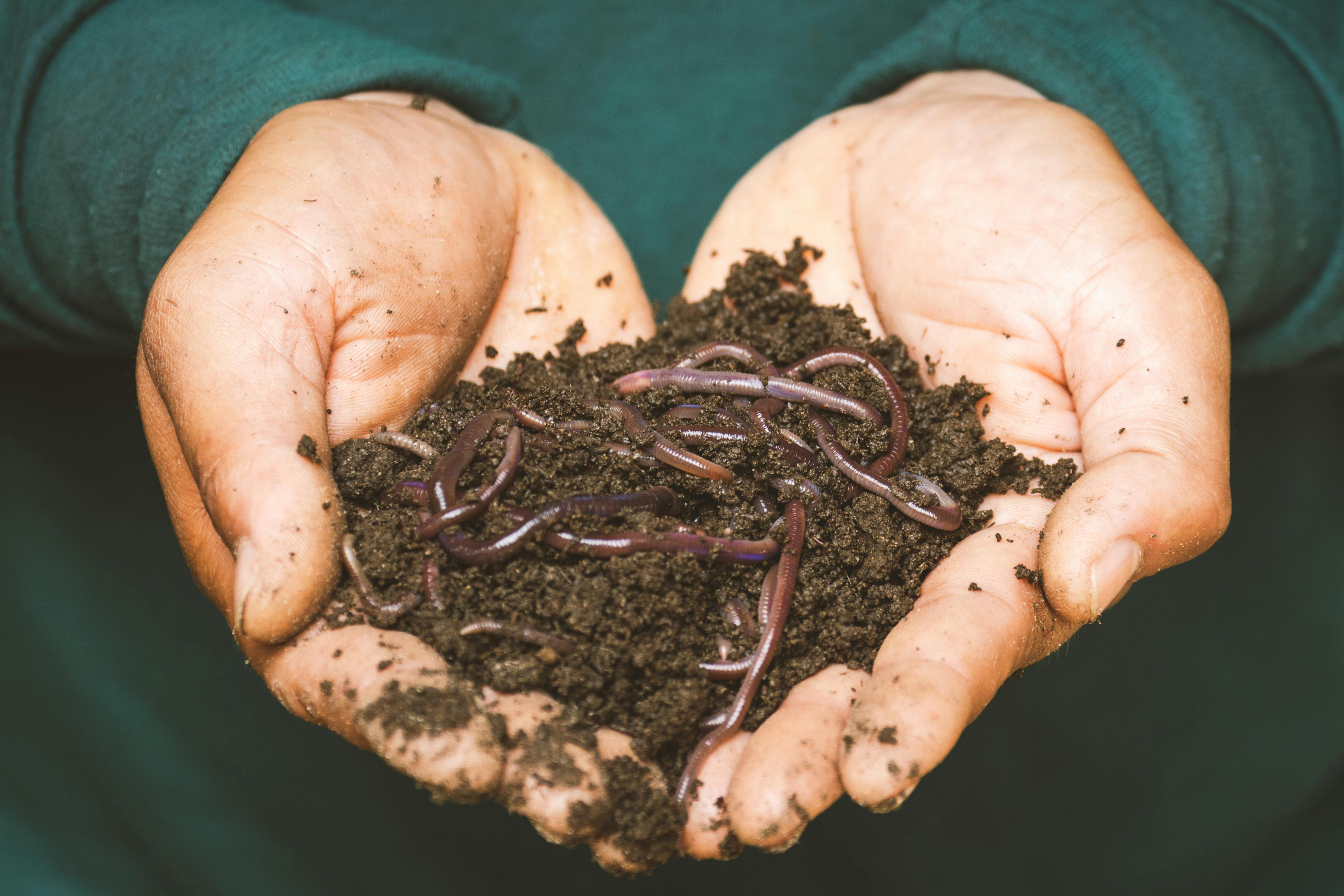
Organic Gardening Requies Building a Healthy Soil Foundation
Just like a house, your garden needs a solid foundation, and nothing is more foundational than the soil. Building rich, nutrient-dense soil is the key to successful organic gardening and the first step towards a healthy garden.
The Role of Compost in Organic Gardening
Think of compost as the multivitamin for your soil — it’s packed with essential nutrients that plants need to grow. Using compost in your organic garden is a natural and sustainable way to enrich your soil, enhance its texture and drainage, and stimulate healthy root development.
Composting is an essential part of organic gardening. By adding organic compost to your garden, you’re returning valuable nutrients back to the soil, promoting soil fertility, and helping your plants to grow stronger and healthier. You can make your own compost at home using kitchen scraps like vegetable peelings, coffee grounds, and eggshells, or purchase high-quality compost from a trusted source.
At Grow With Jerry, we understand the importance of composting in organic gardening. We provide easy-to-follow guides on how to start and maintain your own compost pile, turning everyday waste into garden gold.
How to Improve Soil Nutrient Content
The nutrient content of your soil has a significant impact on plant health and productivity. To maintain a nutrient-rich soil environment, consider adding organic matter like compost and mulches of leaves or straw. Microorganisms in the soil will gradually break down these materials, enriching your soil with organic matter and improving its structure.
One method to assess the nutrient content of your soil is through a soil test. This can help you determine what amendments might be needed to balance the nutrients and pH level. And remember, over-tilling the soil can deplete its nutrients. A gentle approach is often best.
In addition, consider starting a compost pile. This is a fantastic way to recycle organic waste and create nutrient-rich soil conditioner. Over time, your compost pile will turn into a prime natural fertilizer for your garden, feeding your plants and improving soil health.
In summary, building a healthy soil foundation involves investing time and effort into enriching your soil with organic matter and beneficial microorganisms. With patience and persistence, even the most hardened clay can be transformed into fertile, productive soil. And remember, your friends at Grow With Jerry are here to help guide you every step of the way.
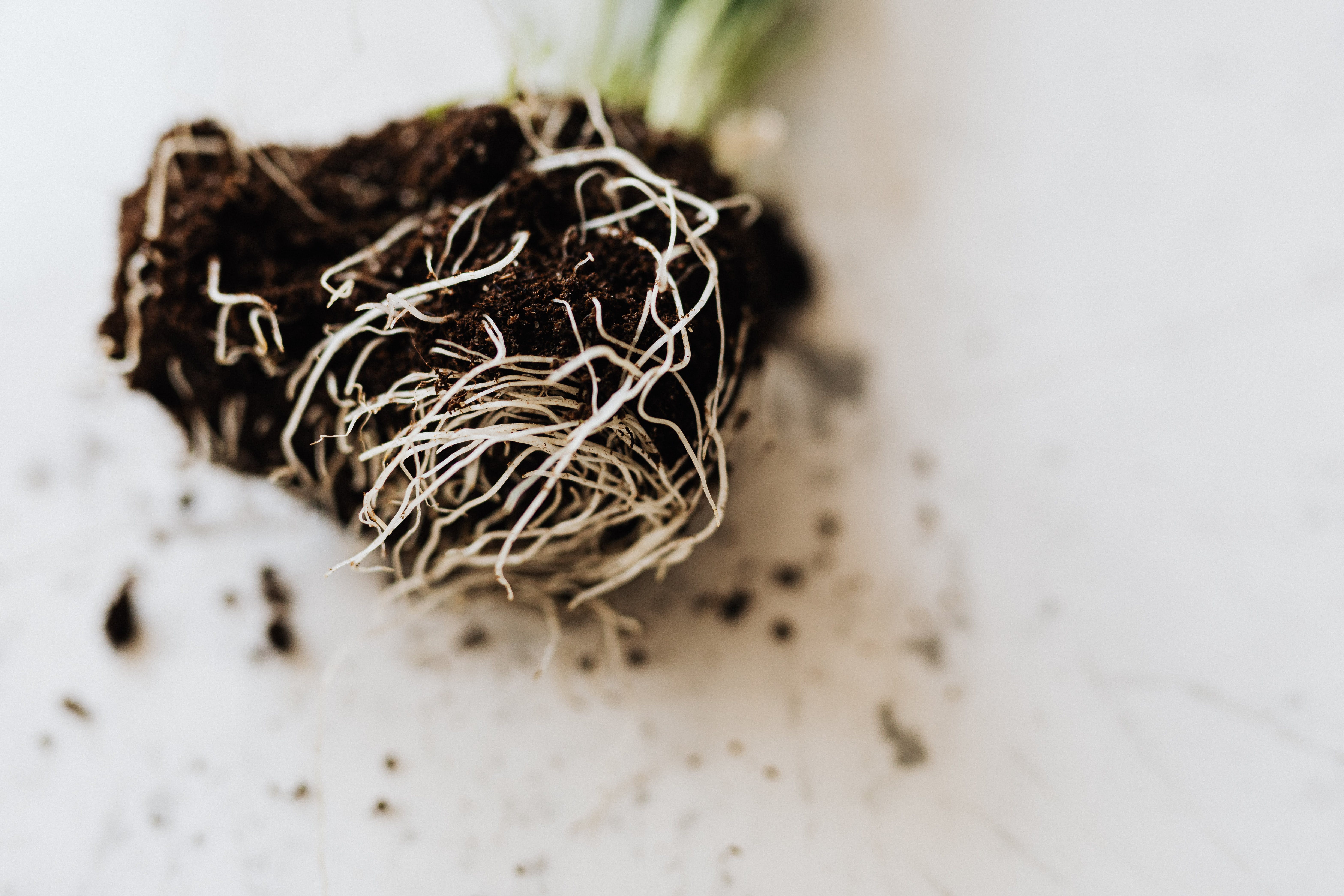
Starting Small: The Key to Successful Organic Gardening
Embarking on your organic gardening journey doesn’t mean you have to go all in at once. In fact, one of the best gardening tips for beginners is to start small. By focusing your efforts on a few chosen plants, you can learn the ropes without feeling overwhelmed.
Choosing Your First Crops
When it comes to selecting your first crops, consider your personal taste and the local growing conditions. There’s no point in growing vegetables that you won’t enjoy eating. So, make a list of your favorite veggies and see which ones are suited to your region and climate.
Radishes, lettuce, and zucchini are among the easiest vegetables for beginners to grow. But don’t let that limit you. If you love tomatoes or basil, go for it! You’ll be more motivated to care for plants that you’re excited about.
Also, remember that diversity is key. Even if you’re starting small, try to include a variety of plants in your garden. This not only makes your garden more interesting but also promotes a balanced ecosystem that helps keep pests and diseases at bay.
Expanding Your Organic Garden Over Time
As you gain experience and confidence, you can gradually expand your garden. Maybe you’ll want to add more vegetable varieties or try growing fruits. Or perhaps you’ll decide to venture into the world of herbs or flowers.
The beauty of gardening is that it’s a continuous learning journey. With every season, you’ll learn more about your plants and how to care for them. And as your garden grows, so will your skills and knowledge.
Just remember, there’s no rush. Organic gardening is as much about the process as it is about the end result. So, take your time, learn from your mistakes, and most importantly, have fun!
At Grow With Jerry, you’ll find a wealth of resources to support you on your organic gardening journey. From detailed guides to product reviews, we’re here to help you grow a garden you’ll love. So, start small, dream big, and happy gardening!

Growing What You Love: The Joy of Organic Gardening
Imagine biting into a juicy tomato that you’ve grown yourself, or snipping fresh herbs from your garden to season your favorite dishes. There’s a unique satisfaction that comes from growing what you love, and it’s one of the greatest joys of organic gardening.
Selecting Plants Based on Personal Preference
When you’re just starting out in the world of organic gardening, it can be tempting to grow a bit of everything. However, a more enjoyable and rewarding approach is to focus on plants that you genuinely love. As a gardening beginner, you may find it easier and more satisfying to grow plants that you enjoy eating or find visually appealing.
A common mistake beginners make is growing vegetables that they don’t actually enjoy eating. There’s no use in planting crops just because they’re easy to grow or because other gardeners grow them. Instead, make a list of your top five favorite vegetables (that can be grown in your area) and focus on those for your first season. Radishes, turnips, lettuce, and zucchini are very easy to grow for beginners, and they might be a good starting point if they’re among your favorites.
Remember, the goal is to enjoy the fruits (and vegetables) of your labor, so choose plants that will bring you joy both in the garden and on your plate.
The Rewards of Growing Your Own Food
The rewards of growing your own food go beyond the obvious benefits of fresh, organic produce. You’re also creating a deeper connection with your food, understanding where it comes from and appreciating the effort it takes to grow. When you grow what you love, each harvest becomes a celebration of your hard work and dedication.
In addition, by growing your own food, you’re taking steps towards self-sufficiency. Even a small garden can produce a surprising amount of food, reducing your reliance on store-bought produce. Plus, there’s something incredibly satisfying about cooking a meal with ingredients you’ve grown yourself.
At Grow With Jerry, we’re passionate about helping you discover the joy of organic gardening. Whether you’re growing aromatic herbs for your kitchen or colorful flowers for your living room, we’re here to provide the guidance and support you need to make your gardening dreams a reality.
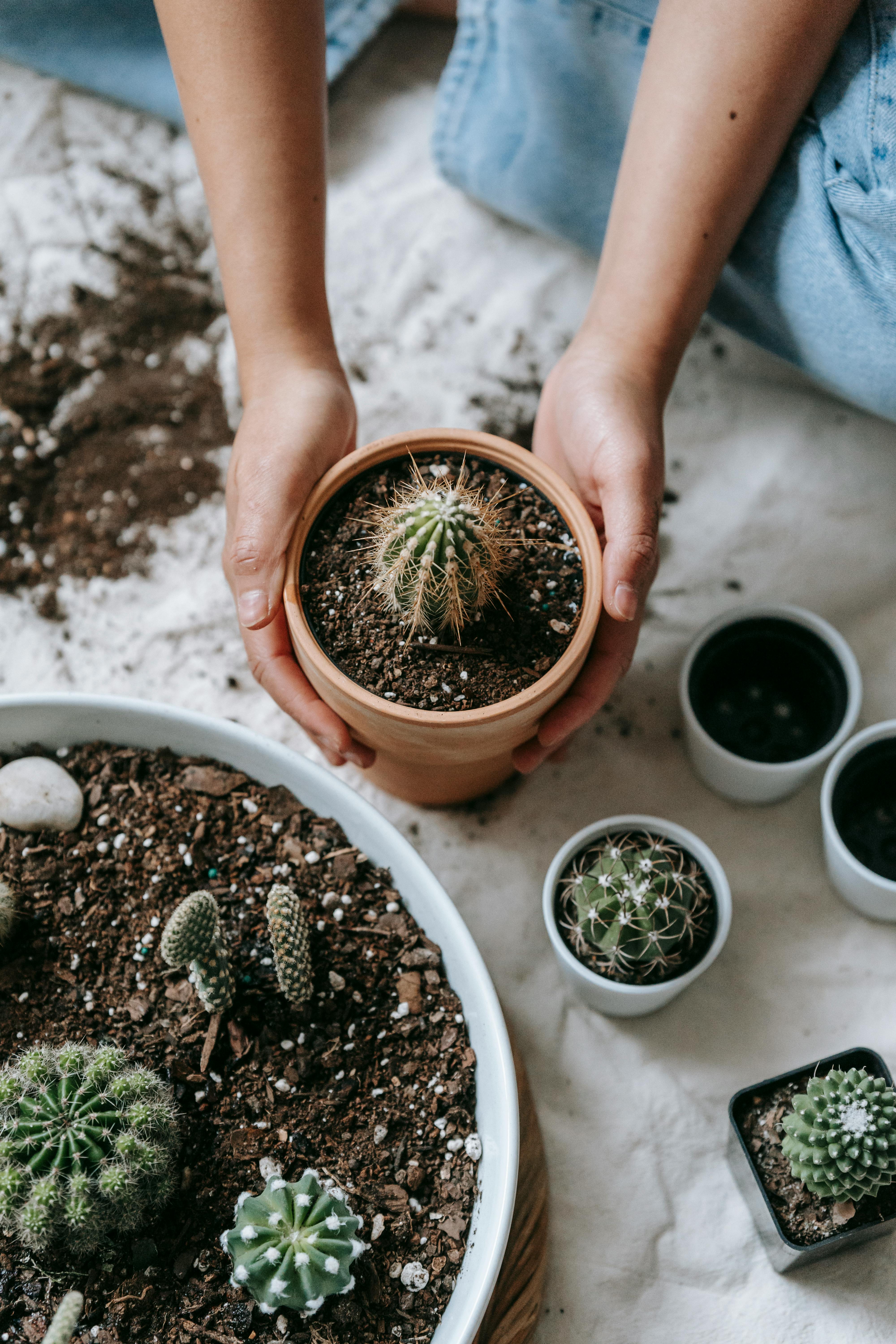
The Role of Transplants in Organic Gardening
Embarking on your organic gardening journey doesn’t mean you have to start everything from seed. Transplants, also known as seedlings or starts, are young plants that have been started indoors or in a greenhouse and are ready to be planted directly into your garden. Utilizing transplants can jumpstart your garden and give you a head start on the growing season, especially if you’re growing vegetables.
When to Buy Transplants
Timing is everything when it comes to purchasing and planting transplants. The best time to buy transplants is generally in the spring, which is the start of the main growing season for most plants. However, the exact timing can depend on the type of plants you’re planning to grow and your local climate. And remember, while it’s tempting to buy the biggest plants, sometimes smaller, younger plants adapt better to new environments.
If you’re unsure when to buy and plant transplants, don’t hesitate to ask for advice. At Grow With Jerry, we’re always here to answer your gardening queries and provide expert guidance.
How to Choose Healthy Transplants
Choosing healthy transplants is vital to ensure the success of your organic garden. But what should you look for? Here are a few tips:
- Healthy roots: Look for plants with white, robust roots. Avoid plants with roots that are brown or mushy, or plants that are root-bound (meaning the roots are circling the bottom of the pot).
- Foliage: The leaves of the plant should be a vibrant green without any yellowing or browning. Watch out for signs of disease or pests, such as spots, holes, or chewed leaves.
- Stem: The stem should be sturdy and upright. Avoid plants with thin, weak, or broken stems.
- Size: The size of the plant should be proportional to the size of the pot. If the plant is too large for its pot, it may be root-bound.
Choosing healthy transplants is a crucial step in your organic gardening journey. With the right plants and the right care, you’ll be well on your way to enjoying the fruits of your labor. For more detailed guidance, check out our comprehensive guide on How to Start an Organic Garden at Grow With Jerry.
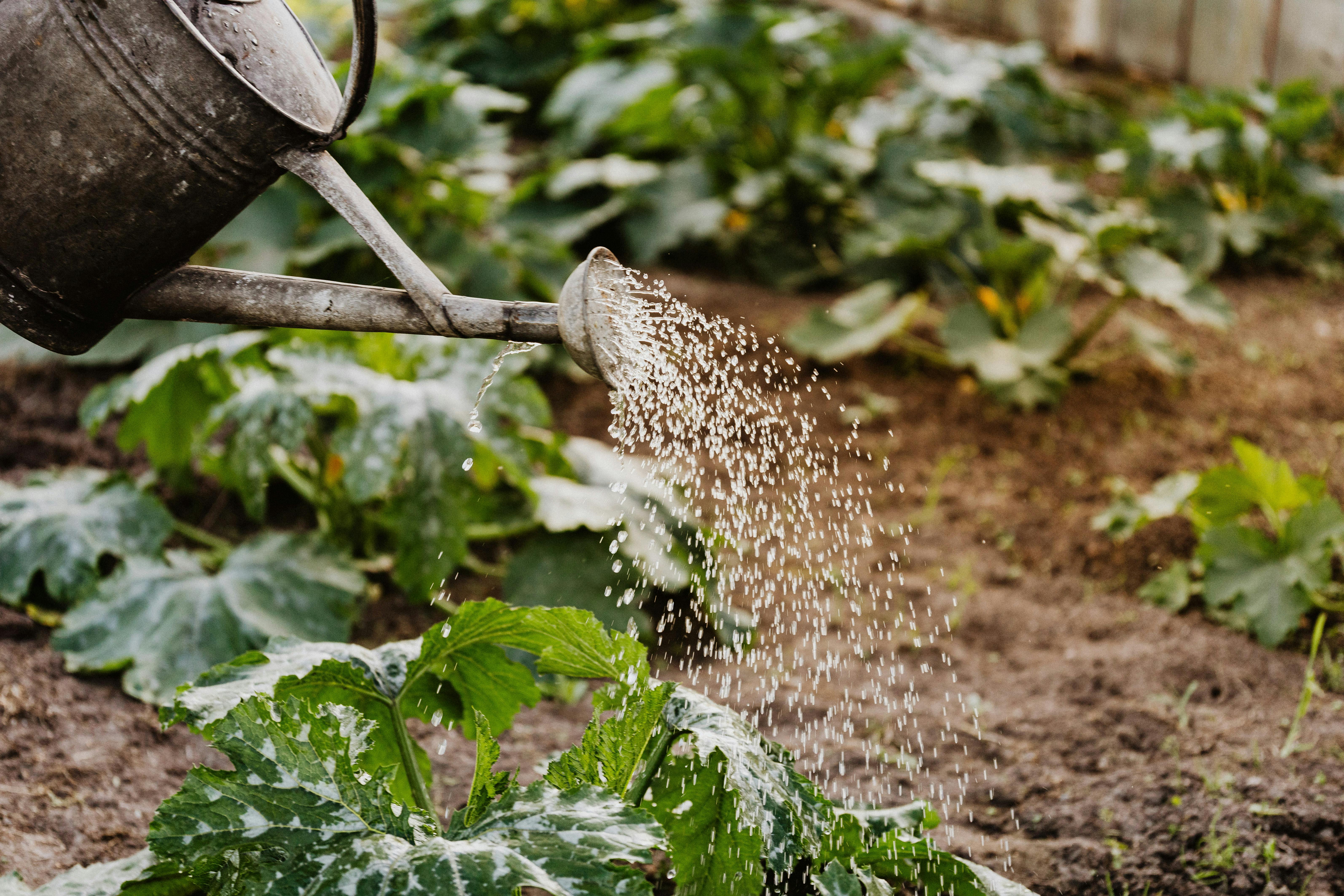
Watering Your Organic Garden
Just as we humans need hydration to thrive, so do your plants. But the tricky part is understanding when, how much, and how often to water. This is where the art of organic gardening gets a little scientific. Let’s dive into the world of watering and make sure your organic garden receives the right amount of moisture it needs to flourish.
Understanding Your Garden’s Water Needs
Every plant has unique water requirements and these can also vary based on the weather, the soil type, and the plant’s growth stage. Generally, a good rule of thumb is that your garden should receive about an inch of water per week, including rainfall. But remember, overwatering can be just as harmful as underwatering. Too much water can lead to root rot and other diseases, while too little can stunt growth and decrease yield.
Some signs that your plants might need watering include wilted leaves, stunted growth, or leaves turning brown at the edges. On the other hand, yellowing of leaves or a sudden drop of leaves could be a sign of overwatering.
To take the guesswork out of watering, consider investing in a soil moisture meter. These handy tools can tell you exactly when it’s time to water, ensuring your plants get just the right amount of moisture.
Setting Up an Efficient Irrigation System
Once you have a sense of your garden’s water needs, the next step is to set up an efficient irrigation system. The goal here is to deliver water directly to the plant roots while minimizing evaporation and water waste.
Drip irrigation systems are a great option for this and are surprisingly simple to set up. They deliver water directly to the base of your plants, reducing evaporation and ensuring that the water goes exactly where it’s needed most.
Rain barrels are another valuable addition to an organic garden. They allow you to collect and store rainwater, which you can then use to water your garden. This not only saves on water bills but also provides your plants with natural, chemical-free water.
Lastly, remember to water in the early morning or late evening when the sun is not at its peak. This reduces evaporation and ensures that your plants get the most benefit from each watering.
Watering your organic garden may seem daunting at first, but with a little practice and patience, you’ll soon get the hang of it. And as always, if you need more gardening advice or tips, be sure to visit Grow With Jerry.
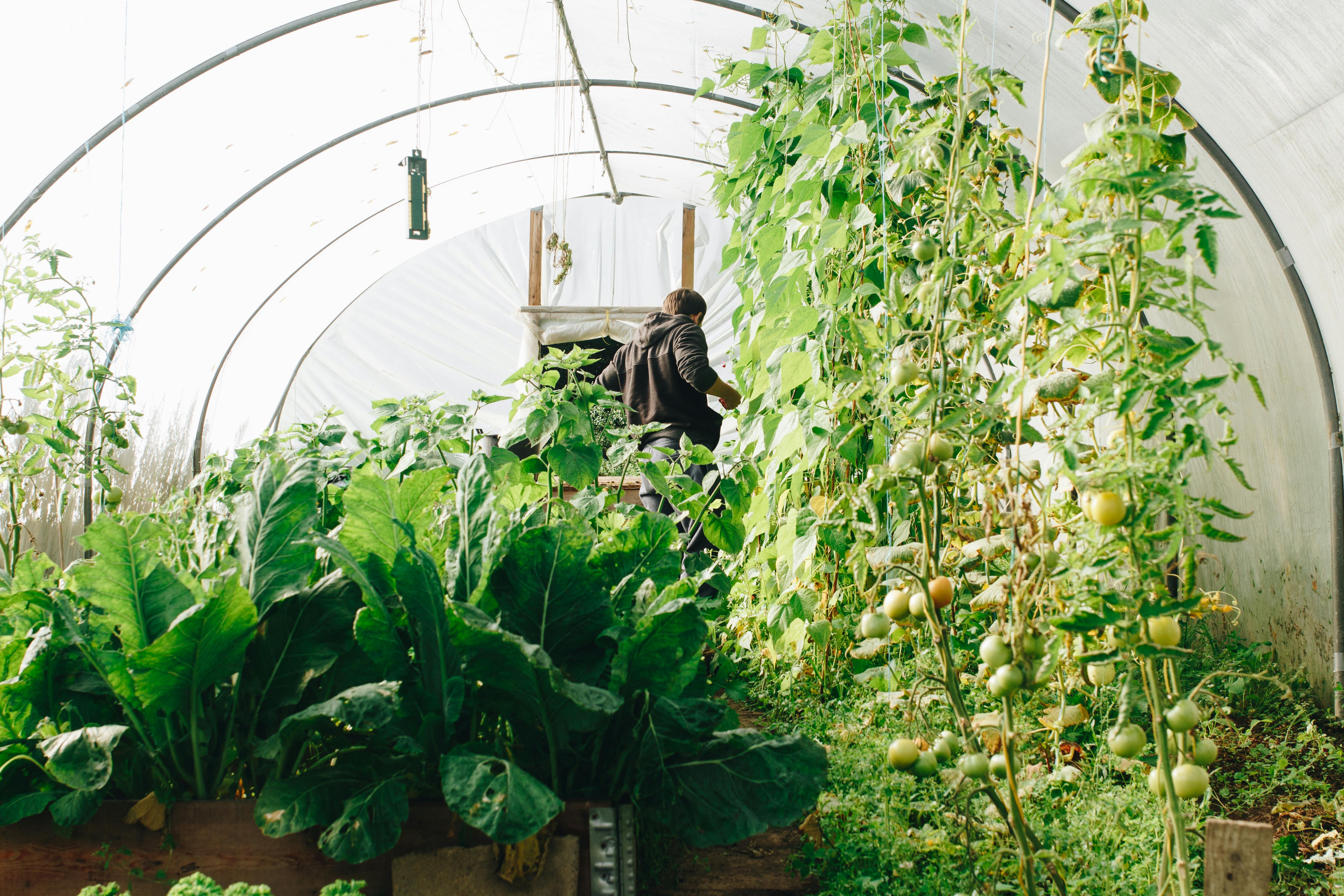
Protecting Your Plants with Row Covers
The Benefits of Using Row Covers
As a budding gardener, you might be feeling like a mother hen, anxious about your tender plant children’s safety. Worry not! This is where row covers come to the rescue. These are essentially a gardener’s secret weapon, providing a protective barrier between your precious plants and the harsh outside world.
Firstly, row covers are a fantastic, natural way to protect your plants from pests. Whether it’s beetles, aphids, or other uninvited guests, these covers can keep them at bay. This way, you can maintain your organic gardening principles and avoid resorting to synthetic pesticides.
Secondly, row covers can also serve as a shield against extreme weather conditions. If you’re anticipating a late spring frost or a particularly hot spell, these covers will ensure your plants remain comfortable and undamaged.
Lastly, row covers can enhance growing conditions, retaining moisture, and warmth, thereby creating a mini greenhouse effect. This can be particularly beneficial for heat-loving plants.
How to Install and Use Row Covers
So, how do you go about installing and using these superhero sheets? It’s simpler than you might think.
- Choose the Right Type of Row Cover: These come in different weights, each suitable for different weather conditions. Lighter ones are great for insect protection in the warmer months, while heavier ones provide frost protection during colder seasons.
- Measure and Cut: Measure your garden bed and cut the row cover to size. Remember, it’s better to have extra than not enough.
- Installation: Simply drape the cover over your plants, ensuring it touches the ground on all sides. You can use hoops or stakes to keep the cover raised above the plants if necessary.
- Secure the Edges: Secure the edges with rocks, soil, or specialized clips to prevent wind from lifting the cover and to keep pests from sneaking in.
- Lift for Maintenance: Remember to lift the cover for watering, weeding, or harvesting. Also, certain plants may need pollinators to visit, so uncover during the day when bees are active.
- Store Properly: After the growing season, clean, dry, and store your row covers properly to reuse them again next year.
Remember, while row covers are an excellent tool, they do not replace the need for constant care and attention to your garden. Regularly check under the covers for any pests that might have snuck in and for any signs of disease or stress on your plants. For more gardening tips and advice, don’t forget to visit Grow With Jerry.
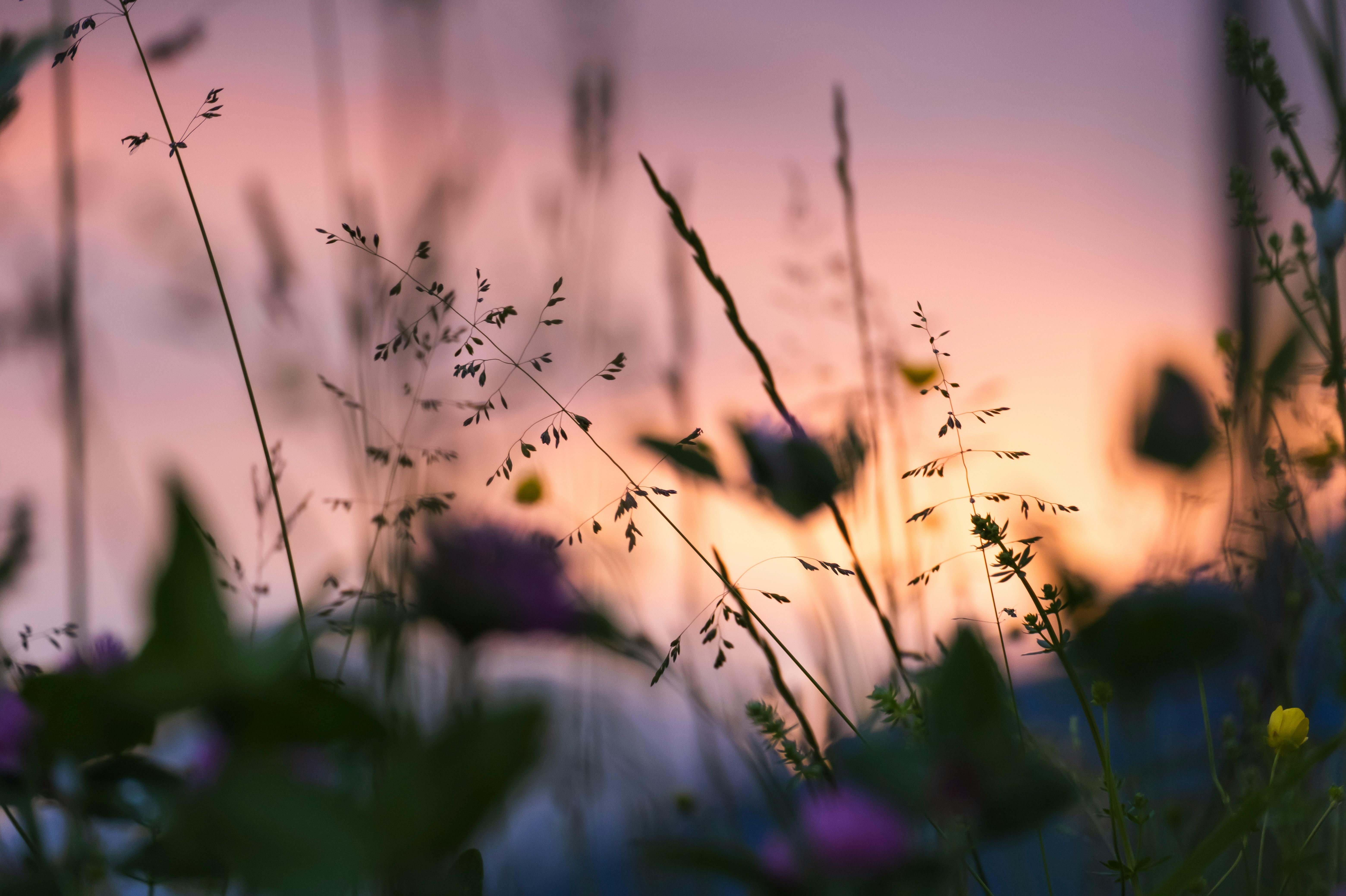
Weed Management in Organic Gardening
Managing weeds can be a daunting task for beginner gardeners, but fear not! With the right strategies, you can keep your garden weed-free and thriving.
Identifying and Removing Weeds Early
Successful organic gardening requires proactive weed management. Weeds compete with your plants for nutrients, sunlight, and water. If left unchecked, they can overrun your garden, leading to poor growth and lower yields.
The trick to effective weed control is early identification and removal. Make it a habit to inspect your garden regularly, looking out for any new weed growth. If you spot any, get to them while they’re young. Weeds are easier to remove when they’re small and haven’t had a chance to establish their root systems or set seed.
Just remember to be gentle on the surrounding soil when you’re pulling out weeds. Too much disturbance can disrupt the root zone of your vegetables and remove a good amount of soil. If weeds have set seed, be careful not to spread them around your garden.
Using Mulch for Weed Control
Mulching is an effective organic strategy to suppress weeds while also improving your soil quality. It acts as a protective barrier, blocking sunlight from reaching the weed seeds and preventing their germination.
Organic mulches like fallen leaves, straw, and compost can be used around your plants. These materials decompose over time, enriching your soil with nutrients and improving its structure. For pathways, consider using wood chips or sheet-mulched cardboard or newspaper.
Applying mulch also helps retain soil moisture and regulates soil temperature, creating a favorable environment for your plants. Moreover, a well-mulched garden is more inviting for beneficial organisms like earthworms and soil microorganisms, which contribute to healthy soil.
Remember, organic gardening is about working with nature, not against it. By incorporating these weed management strategies, you’re fostering a vibrant, balanced ecosystem in your garden. For more tips on organic gardening, head over to Grow With Jerry.
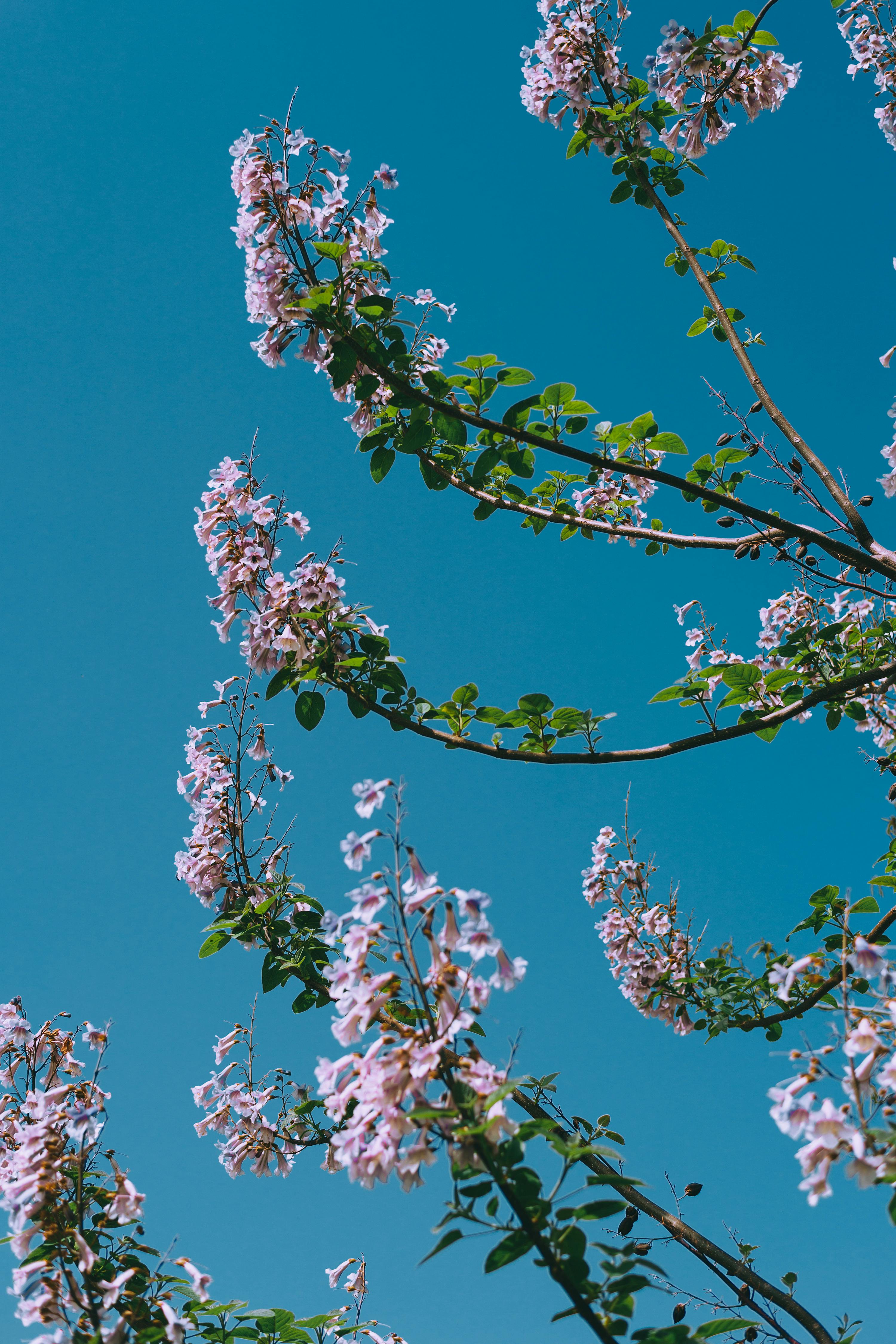
Creating a Balanced Ecosystem in Your Garden
One of the secrets to successful organic gardening lies not only in your plants but in the living creatures that inhabit your garden too. By creating a thriving ecosystem, you’re setting up your garden for success. This ecosystem involves attracting helpful insects and birds plus maintaining a diverse range of plants.
Attracting Beneficial Insects and Birds
If the thought of inviting insects into your garden makes you cringe, it’s time to reconsider. It’s not about attracting just any bugs; it’s about inviting the right ones. Beneficial insects like ladybugs, hoverflies, and parasitic wasps act as natural pest control, keeping harmful creatures in check.
For example, plant tomato and basil next to each other to attract these helpful insects. As Grow With Jerry suggests, “The bee visits the blue of the borage, and then bounces over to my cucumbers and pollinates them, so I get more cucumbers.”
Similarly, birds can be a gardener’s best friend. They control pests by feeding on insects and can assist with pollination. To attract them, consider adding a bird bath or a bird feeder to your garden.
The Importance of Plant Diversity
While it may be tempting to grow only your favorite vegetables, incorporating a variety of plants can significantly benefit your garden. Plant diversity attracts a range of insects and creatures, which helps to maintain a healthy and balanced ecosystem.
Adding flowers and native plants to your vegetable garden can increase its resilience. These plants not only make your garden more visually appealing, but they also attract pollinators like bees and butterflies. These pollinators are essential for a successful yield.
Moreover, different plants bring different benefits. Some, like peas, add nitrogen to the soil, while others, like radishes, help to aerate the soil. Therefore, rotating crops and planting a diverse range of plants can prevent nutrient depletion and ward off diseases and infestations.
By creating a balanced ecosystem in your garden, you can enjoy the beauty of nature and a successful organic harvest. For more tips and tricks on organic gardening, don’t hesitate to visit Grow With Jerry.
Conclusion
Recap of Essential Organic Gardening Tips
As we come to the end of this enriching journey, let’s revisit the key points that will help you create a flourishing organic garden. Remember, the success of your garden begins with choosing the right location. Your garden needs ample sunlight and must be easily accessible for regular maintenance.
The soil forms the foundation of your garden. Invest in building healthy soil by adding organic compost that will enrich the soil with nutrients. Always remember to start small. As a beginner, it’s important to avoid feeling overwhelmed. Start with just a few plants and gradually expand your garden as you gain confidence and experience.
Select plants that you love and enjoy. This will keep you motivated and make the entire gardening experience more rewarding. Don’t hesitate to use transplants for a head start and ensure you provide your garden with adequate water. Using row covers can help protect your plants from pests and harsh weather conditions.
Weeds can be a nuisance, but by identifying and removing them early you can prevent them from taking over your garden. Mulch can be your best ally in weed control as it smothers unwanted plants and keeps the soil moist. Lastly, aim to create a balanced ecosystem in your garden by attracting beneficial insects and birds and maintaining plant diversity.
Encouragement for New Organic Gardeners
Organic gardening may seem intimidating at first, but with the right guidance, it can be an enjoyable and rewarding experience. Don’t be discouraged by initial setbacks. Embrace mistakes as opportunities to learn and improve. For even more great tips on organic gardening at home check out this article in The Farmer’s Almanac!
Remember, every gardener was once a beginner. Over time, your efforts will yield not just a bountiful harvest but also the immense satisfaction of nurturing life from the soil. With patience, perseverance, and the essential techniques we’ve discussed, you’ll be well on your way to becoming a successful organic gardener.
For more detailed guidance, tips, and product recommendations, visit Grow With Jerry. As you embark on your organic gardening journey, remember that each step you take brings you closer to nature and contributes to a healthier environment. Happy gardening!

